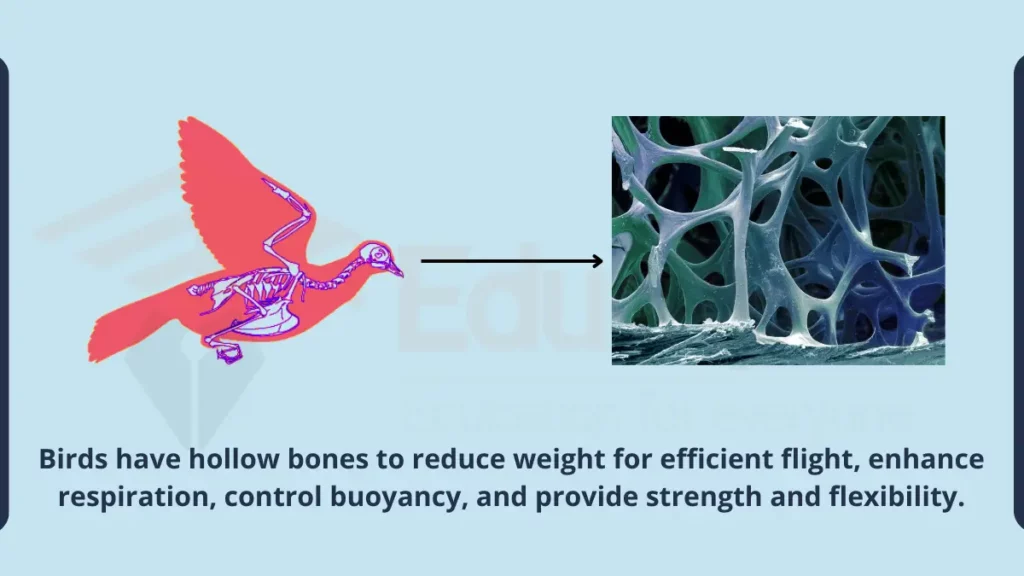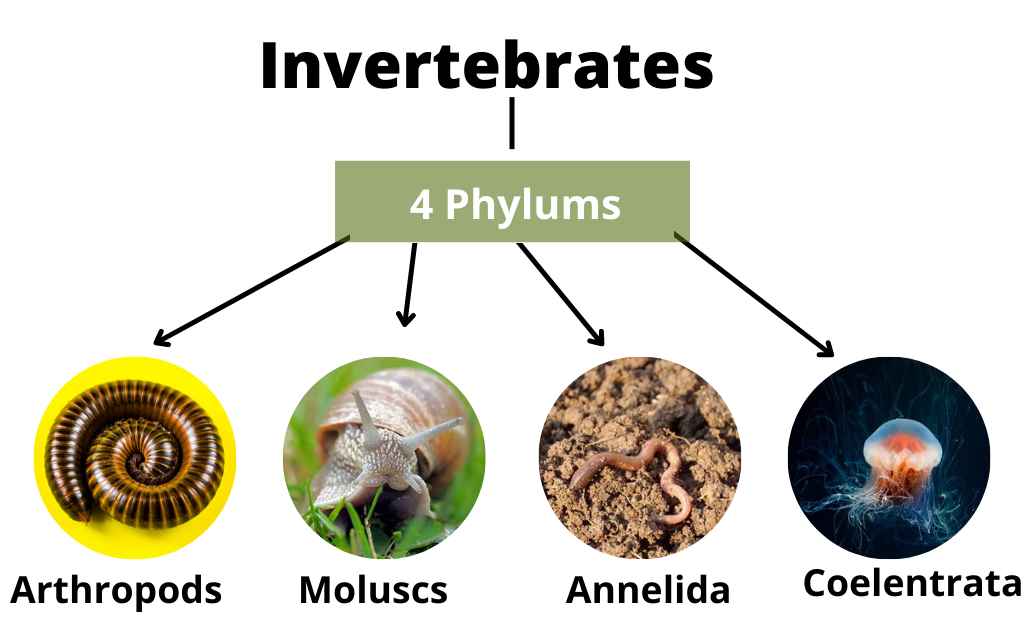Why Do Birds Have Hollow Bones?
Birds have hollow bones to reduce weight for efficient flight, enhance respiration, control buoyancy, and provide strength and flexibility.

Reasons Why Do Birds Have Hollow Bones?
Birds have hollow bones for several reasons:
1. Reduced Weight for Flight
Hollow bones significantly reduce the weight of a bird’s skeleton, allowing for efficient flight. This is crucial for birds, as they rely on their wings to generate lift and overcome gravity. A lighter skeleton reduces the overall weight of the bird, making it easier to flap its wings and maintain flight.
2. Efficient Respiration
Hollow bones in birds extend into air sacs that connect to their lungs. These air sacs extend throughout the bird’s body, providing an extensive network for the exchange of oxygen and carbon dioxide. This system allows birds to efficiently absorb oxygen during flight and release carbon dioxide, even while their bodies are moving rapidly through the air.
3. Strength and Rigidity
Despite being hollow, bird bones are surprisingly strong and rigid. This is due to the presence of struts or braces within the bone cavities. These struts provide structural support, enabling the bones to withstand the stresses of flight and other activities.
4. Buoyancy Control
For aquatic birds, hollow bones can also be involved in buoyancy control. Hollow bones reduce the overall density of the bird’s body. It makes them less buoyant and easier to dive underwater. This adaptation is particularly important for diving birds that hunt for prey in aquatic environments.
5. Homeostasis
Hollow bones also helps to maintain homeostasis, the regulation of internal body conditions. The air sacs connected to the hollow bones extend into the bird’s bones, allowing for heat exchange and temperature regulation.
It helps in maintaining a stable internal environment, particularly during periods of high activity or extreme temperatures.

 written by
written by 



Leave a Reply